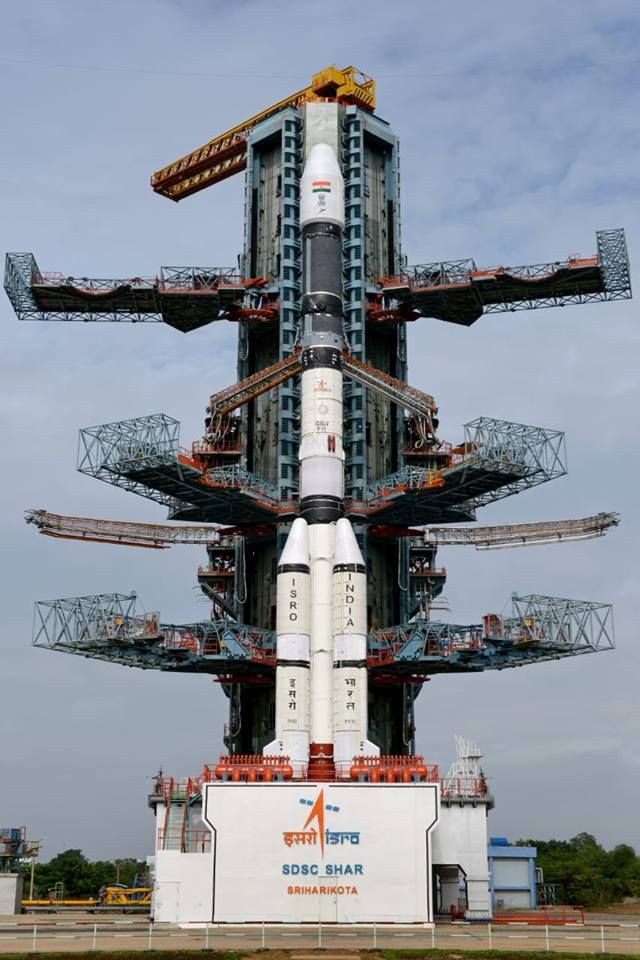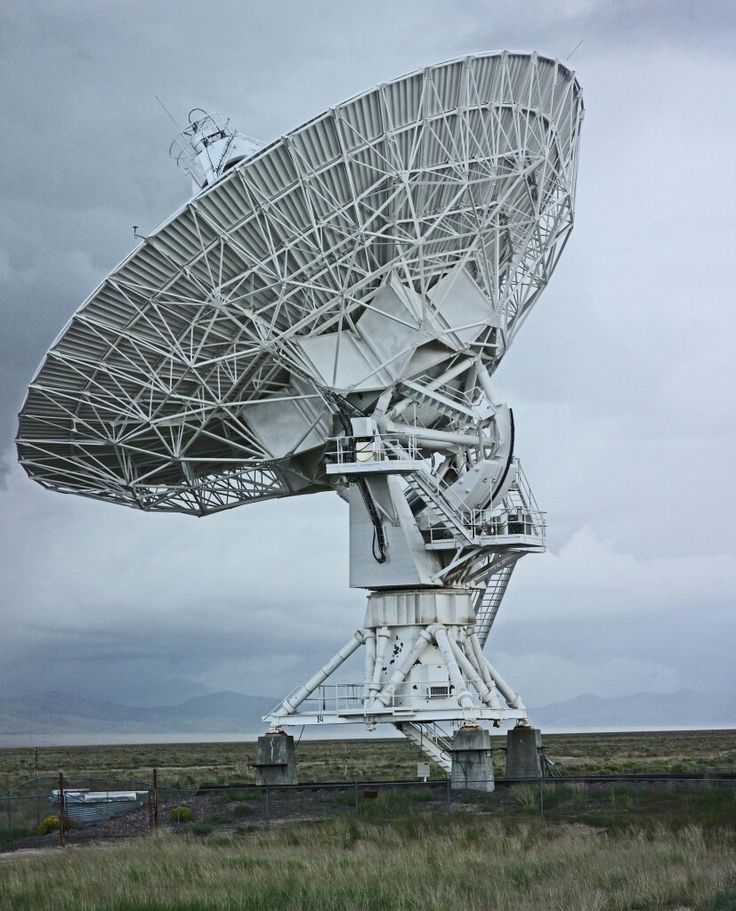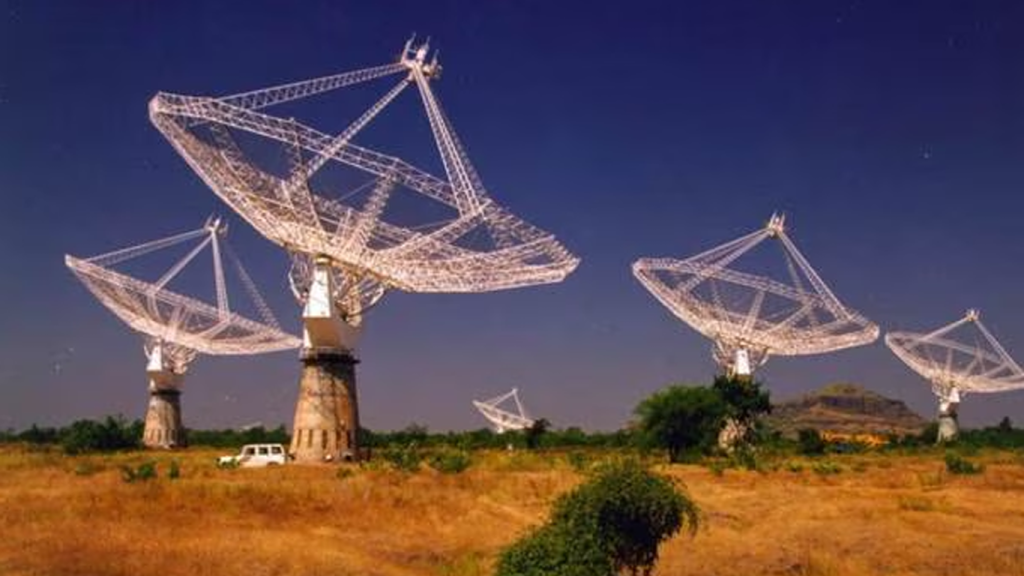India Joins Elite Club in Defence, Space, and Technology: What It Means for the FutureIndia Joins Elite Club in Defence, Space, and Technology: What It Means for the Future
India is rapidly emerging as a global leader by enhancing its defence, space, and technology sectors. The steady pursuit of innovative and indigenous technologies under initiatives like Atmanirbhar Bharat and Make in India has propelled the nation into an elite club alongside world powers. This growth is supported by strategic decisions, visionary leadership, and groundbreaking projects from institutions like the DRDO and ISRO, marking a decisive move towards modern warfare capabilities and space exploration.
Summary
- Focus on Self-Reliance: India’s commitment to indigenous development has enabled rapid advancements in defence and technology.
- Historic Milestones: Successful trials of laser-based directed energy weapons, hypersonic missiles, and multiple satellite missions.
- Enhanced Capabilities: Deployment of advanced systems such as MIRV technology, sea-based interceptor missiles, and anti-satellite tests.
- Strategic Collaborations: Cooperation between government initiatives and industry experts to ensure technological maturity.
- Future Roadmap: The nation’s ambition to become a semiconductor hub and leader in quantum technology paves the way for continued innovation.

Introduction
India has witnessed a remarkable transformation over the last few decades, moving from a nation with vast potential to a global powerhouse. The dramatic achievements in defence, space, and technology have caught the world’s attention. Today, India stands tall with state-of-the-art military innovations and space exploration milestones that match those of established powers. The dedication of agencies like the Defence Research and Development Organisation (DRDO) and the Indian Space Research Organisation (ISRO), coupled with the government’s supporting policies, have brought India into an elite circle of nations with advanced technological prowess.
The Journey Towards Defence Excellence
Over the past decade, India’s defence sector has undergone significant transformations. The government’s vision of achieving self-reliance has driven major investments in research and development. This strategy has been pivotal in testing and deploying breakthrough technologies such as a laser-based directed energy weapon system. With this system, India has joined only a handful of nations that have demonstrated the capability to disable modern aerial threats like fixed-wing and swarm drones.
In addition to laser-based weaponry, India has made historic progress in developing hypersonic missile systems. The successful testing of an active cooled scramjet for these missiles has not only underscored the technological expertise of the nation but also established a new benchmark in military innovation. Projects like these show the ability of India to balance rapid technological development with strategic security needs.
India Joins Elite Club in Defence, Space, and Technology: What It Means for the Future
The country’s successful test-firing of long-range missiles with manoeuvrable capabilities and their ability to carry both conventional and nuclear warheads is another testament to its advanced military technologies. The incorporation of Multiple Independently Targetable Re-entry Vehicle (MIRV) technology has further enhanced the deterrence factor of the nation’s missile arsenal. The achievements in naval defence, such as the maiden flight trial of a sea-based endo-atmospheric interceptor missile, have raised the bar in protecting national frontiers against emerging ballistic threats.
Table 1: Major Defence and Space Milestones in India
| Year | Milestone | Description |
|---|---|---|
| 2023 | Sea-Based Interceptor Missile Trial | India’s first demonstration of a naval ballistic missile defence capability against a hostile ballistic threat. |
| 2024 | Long-Range Hypersonic Missile | Successfully test-fired a missile that can carry multiple warheads and reach speeds over five times the speed of sound. |
| 2024 | MIRV Technology Demonstration | Implementation of Multiple Independently Targetable Re-entry Vehicles to deploy multiple nuclear warheads with one missile. |
| 2025 | Laser-Based Directed Energy Weapon | Developed a system capable of disabling unmanned aerial vehicles, placing India among an elite group. |
| 2025 | Active Cooled Scramjet Testing | Key milestone in hypersonic missile technology powered by indigenous innovations in scramjet fuel. |
| 2019 | Anti-Satellite (ASAT) Missile Test | Successful destruction of a satellite in low Earth orbit, ensuring protection of critical space assets. |
The Rise in Space Capabilities
India’s space journey is one of exceptional ambition and astounding achievements. The country has not only captured the imagination of millions around the globe but also redefined what it means to be a space-faring nation. The efforts of ISRO have led to groundbreaking missions such as the successful docking and undocking of satellites in space. The SpaDEx mission is a landmark achievement that demonstrates advanced satellite handling capabilities and places India alongside the most innovative space nations.
The historic landing on the Moon’s South Pole by ISRO marked a proud moment for the nation. This achievement not only reinforces India’s place among the few countries that have managed to land safely on the lunar surface but also paves the way for future lunar exploration initiatives. Another significant breakthrough was India’s rapid progress in cryogenic Engine technology, with the inauguration of the Integrated Cryogenic Engine Manufacturing Facility (ICMF). This facility consolidates all rocket manufacturing and assembly processes and has boosted the confidence of the nation in managing large-scale space projects.
Table 2: Technology Investment and Focus Areas
| Sector | Focus Area | Investment/Impact |
|---|---|---|
| Defence | Hypersonic Missile Systems | High investments in R&D have led to the creation and testing of advanced missile systems, significantly enhancing national security. |
| Space | Satellite Handling & Cryogenics | Innovative technologies in satellite docking, lunar landings, and cryogenic engine manufacturing have set new global benchmarks. |
| Emerging Tech | Semiconductors & Quantum Computing | Major investments in semiconductor manufacturing and quantum computing have paved the way for future growth in multiple high-tech domains. |
Driving Innovation Through Visionary Leadership
The administration of Prime Minister Narendra Modi has played a pivotal role in channeling resources towards strategic projects. Through bold initiatives such as Atmanirbhar Bharat and Make in India, the government has set the stage for an era of technological empowerment. The focus is no longer just on acquiring advanced systems but on creating a sustainable ecosystem that encourages research, development, and manufacturing within the country.
Supportive government policies have enabled close collaboration between public research institutions and private enterprises. This synergy has not only accelerated the pace of innovation but also laid a strong foundation for future achievements. By creating policy frameworks that prioritize self-reliance and innovation, India is paving a clear path for future generations in defence, space, and beyond.
The Future Roadmap
As the nation continues to enhance its technological capabilities, several new projects are on the horizon. The government has announced ambitious plans to establish India as a semiconductor hub, a move that will further integrate the country into the global technology supply chain. Additionally, the launch of the National Mission for Quantum Technology and Applications (NMQTA) marks the beginning of a new frontier in quantum computing and communication.
These initiatives are not only expected to drive economic growth but also to place India at the forefront of next-generation technologies. The broad-based development strategy will foster an environment where innovation thrives, and the benefits of advanced technology are accessible to all. The focus on research and development, coupled with strategic investments, is likely to yield remarkable advancements in both defence and space exploration.
Facts
- ISRO launched a record-breaking mission in 2017 by deploying over a hundred satellites in one go, an achievement that set a new world record.
- India’s cryogenic engine capability was a monumental step forward, making it one of the very few nations with such advanced technology.
- The active cooled scramjet technology being developed in India represents one of the most advanced propulsion systems in modern aerospace engineering.
- The recent success in laser-based directed energy weapons has placed India in an elite group of nations with advanced counter-drone capabilities.
- The historic lunar landing at the Moon’s South Pole is not just a technological feat but a testament to India’s unique vision for space exploration.
India’s ascent into the elite club of nations with advanced defence, space, and technology capabilities is a story of determination, innovation, and strategic foresight. The dramatic improvements in missile technology, space missions, and emerging technologies are redefining the global power dynamics. This transformation is driven by visionary leadership, robust government initiatives, and relentless dedication from institutions like DRDO and ISRO.
The future looks bright for India as it continues to invest in technology and infrastructure. With strong governmental backing and a clear focus on self-reliance, the nation is poised to lead in areas that matter most in today’s competitive world. The roadmap ahead includes further developments in semiconductor manufacturing, quantum computing, and even more ambitious space projects, each carefully designed to secure India’s place among the top global powers.





